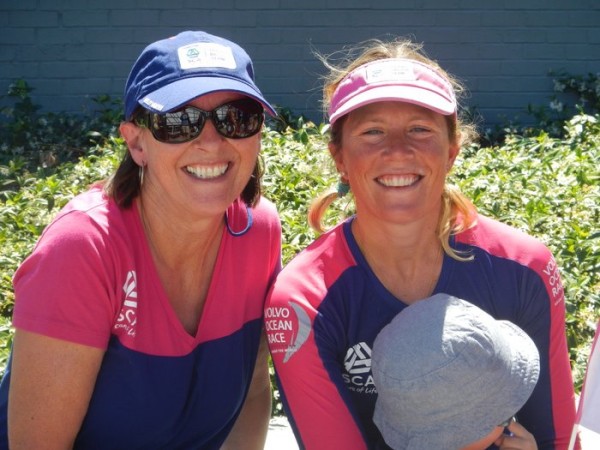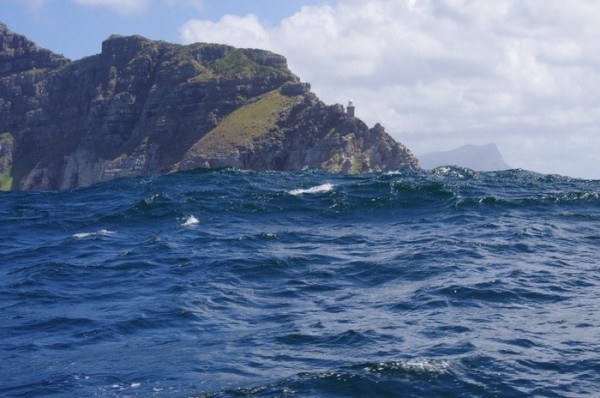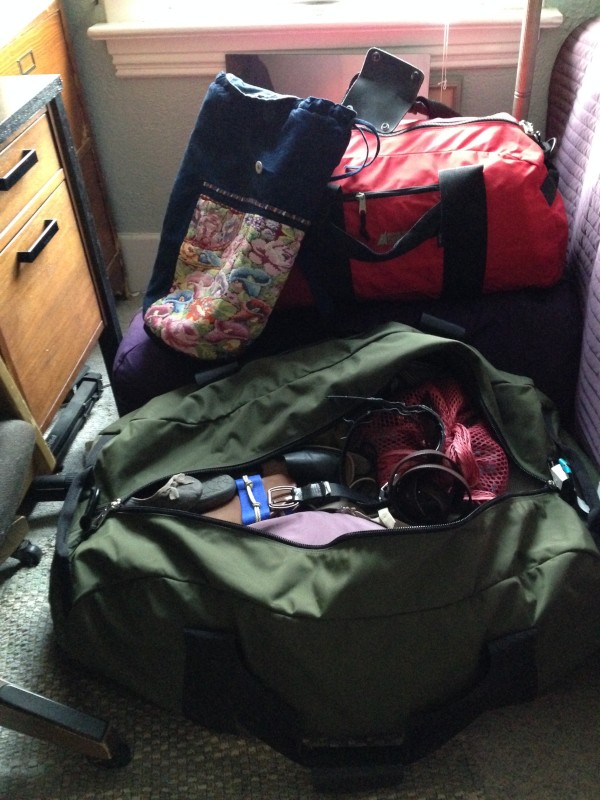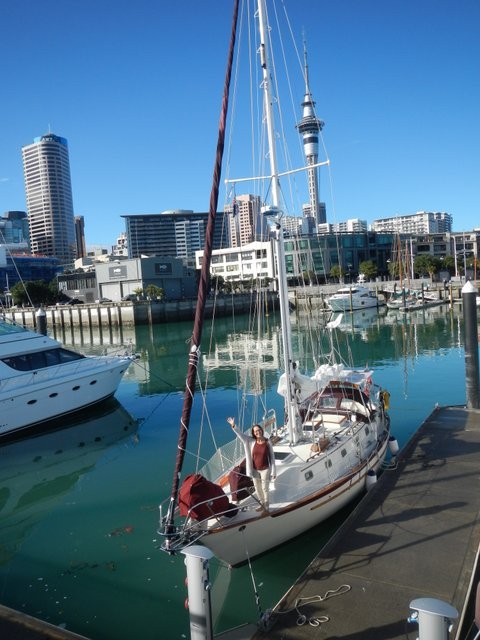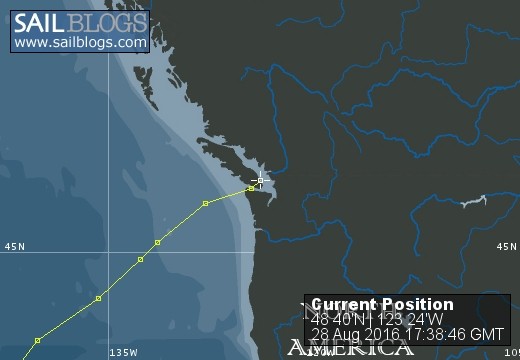
Voyage of the SV Terrwyn
Bill and Cathy Norrie are co-caps on their beautiful yacht, Terrwyn and together they are voyaging around the world.
19 October 2016 | Friday Harbour, Washington.
28 August 2016
18 June 2016 | 48 17'N:124 03'W, Strait of Juan de Fuca
14 June 2016 | 47 30'N:127 35'W, Bamfield, B.C., Canada
13 June 2016 | 47 30'N:127 35'W, Approaching the Pacific North West
12 June 2016 | 45 31'N:131 13'W, Approaching the Pacific North West
11 June 2016 | 44 36'N:132 31'W, Approaching the Pacific North West
09 June 2016 | 42 25'N:135 40'W, Approaching the Pacific North West
07 June 2016 | 40 05'N:140 20'W, Day 15 : Hawaii to Canada
04 June 2016 | 36 40'N:143 30'W, Day 12 : Hawaii to Canada
03 June 2016 | 34 36.5'N:144 28.9'W, Day 11 : Hawaii to Canada
02 June 2016 | 33 00'N:145 32'W, Day 10 : Hawaii to Canada
31 May 2016 | 30 01'N:146 37'W, Day 8 Hawaii to Canada
30 May 2016 | 29 34'N:149 06'W, Day 7 Hawaii to Canada
29 May 2016 | 28 58'N:150 35'W, 6 day underway
26 May 2016 | 24 43'N:156 56'W, Third day underway
25 May 2016 | 22 56.8'N:158 02'W, Leaving Oahu
24 May 2016 | Honolulu, Hawaii
14 May 2016 | Honolulu, Hawaii
12 May 2016 | 21 11.6'N:157 42'W, Sailing to Honolulu
El Nino
01 April 2016 | 04 58'S:91 33'W, Heading south from Galapagos
Poppy
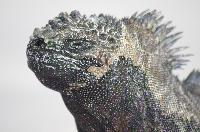
As we sail south in search of the Trade Winds we can't help but think of (and curse) El Nino.
Years of El Nino result in the warming of the ocean waters and that affects much. The Trades become much lighter and seem to be elusive to those of us wishing to use them as our super highway across the ocean. We hope to pick them up soon and our southerly route can change to that of westerly. Finally we will feel like we are heading to our next port rather than sailing directly away from it.
El Nino is also affecting the flora and fauna of the Galapagos Archipelago. Despite the fact that the �"scientists' predicted dramatically increased rainfall for the islands this rainy season it has turned out the opposite. A drought is in effect. Locals scoff at what the �"scientists' tell them. "We look and learn from the animals. They tell what is happening and what will happen."
Opposing ocean currents meet in the Galapagos which provide the rich waters in which numerous animals and birds usually flourish. The cold currents such as the Humboldt sweeping up from the Peruvian coast allows rich growth of algae and seaweed in the shallow waters around the islands.
With the warming of these waters from El Nino the algae and seaweed die and can only be found in the cold ocean depths of up to 30 Ð 40 metres. This means that animals such as the Marine Iguana must search farther and deeper for their food. Some of the weaker individuals who cannot swim and dive to such depths eat other available plants that fill their stomachs but do not provide the sustenance they need. Marine Iguana have and will die this season many with full stomachs. Up to 90% of the Marine Iguana population may die.
The Boobies are also seem to have laid eggs that do not hatch due to the unaccustomed heat and drought of this �"wet season'. A second laying of eggs is happening this year which often means that the babies that may hatch will not survive the upcoming dry season being too young and weak to search for the scarce food. Fewer Boobies will result.
Thus is life.
Years of El Nino result in the warming of the ocean waters and that affects much. The Trades become much lighter and seem to be elusive to those of us wishing to use them as our super highway across the ocean. We hope to pick them up soon and our southerly route can change to that of westerly. Finally we will feel like we are heading to our next port rather than sailing directly away from it.
El Nino is also affecting the flora and fauna of the Galapagos Archipelago. Despite the fact that the �"scientists' predicted dramatically increased rainfall for the islands this rainy season it has turned out the opposite. A drought is in effect. Locals scoff at what the �"scientists' tell them. "We look and learn from the animals. They tell what is happening and what will happen."
Opposing ocean currents meet in the Galapagos which provide the rich waters in which numerous animals and birds usually flourish. The cold currents such as the Humboldt sweeping up from the Peruvian coast allows rich growth of algae and seaweed in the shallow waters around the islands.
With the warming of these waters from El Nino the algae and seaweed die and can only be found in the cold ocean depths of up to 30 Ð 40 metres. This means that animals such as the Marine Iguana must search farther and deeper for their food. Some of the weaker individuals who cannot swim and dive to such depths eat other available plants that fill their stomachs but do not provide the sustenance they need. Marine Iguana have and will die this season many with full stomachs. Up to 90% of the Marine Iguana population may die.
The Boobies are also seem to have laid eggs that do not hatch due to the unaccustomed heat and drought of this �"wet season'. A second laying of eggs is happening this year which often means that the babies that may hatch will not survive the upcoming dry season being too young and weak to search for the scarce food. Fewer Boobies will result.
Thus is life.
Comments
| Vessel Name: | Terrwyn |
| Vessel Make/Model: | Pacific Seacraft Crealock 37 |
| Hailing Port: | Victoria, B.C., Canada |
| Crew: | Bill and Cathy Norrie (AKA Scuppers and Pipper) |
| About: | |
| Extra: | Bill and Cathy are co-caps and together on their beautiful yacht, SV Terrwyn they are travelling around the world. We hope you enjoy travelling with us and we love to read any comments that you might leave. |
| Social: |
Terrwyn's Photos - Main
 |
The party was held at The Latch Inn, Sidney B.C. Over 80 people from far and wide joined us to celebrate our circumnavigation.
No Photos
Created 28 August 2016
|
|
Time spent in Santa Marta and Cartagena gave us a taste of Colombia.
9 Photos
Created 13 February 2016
|
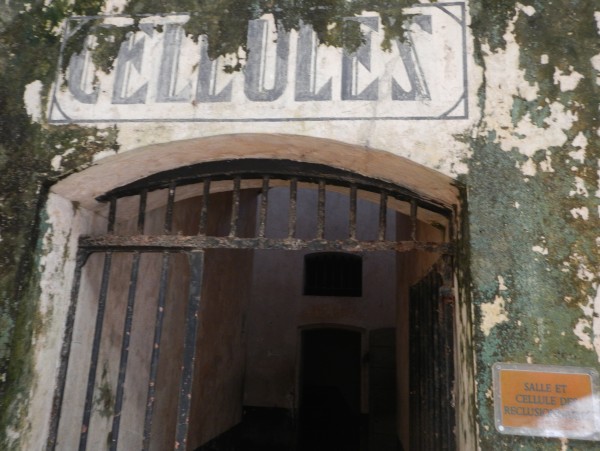 |
A fascinating peek into history. One could almost sense the spirits which must still abound this place of confinement.
3 Photos
Created 9 April 2015
|
 |
We sailed in on Christmas morning 2014 and plan to stay a couple or three weeks. Lots to do and so many wonderful Saints to get to know.
1 Photo
Created 2 January 2015
|
 |
Whilst anchored in Walvis Bay we hired a car and took off into the desert. First Sossussvlei and then north to Etosha National Park and wild animals.
No Photos
Created 14 December 2014
|
About Us
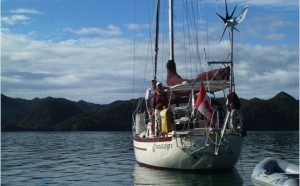
Who: Bill and Cathy Norrie (AKA Scuppers and Pipper)
Port: Victoria, B.C., Canada

